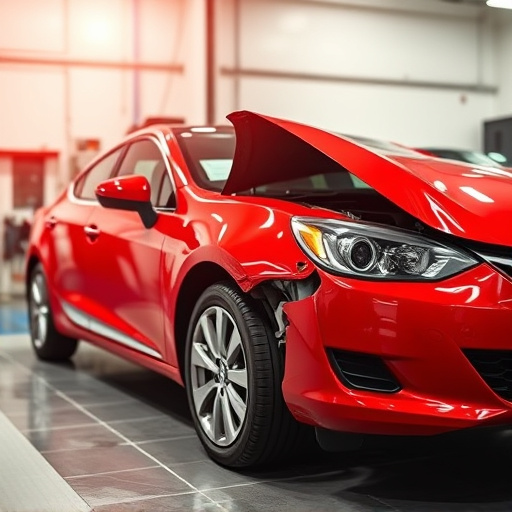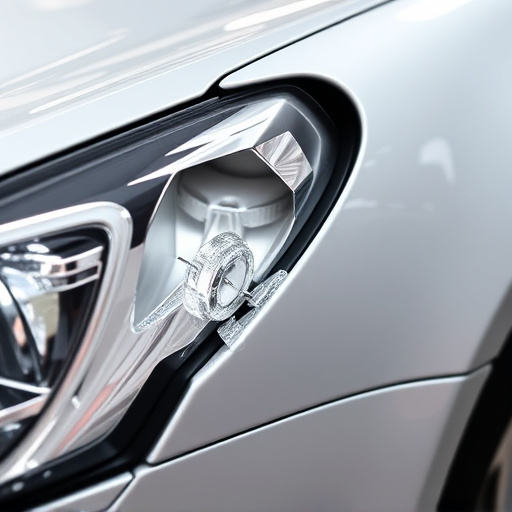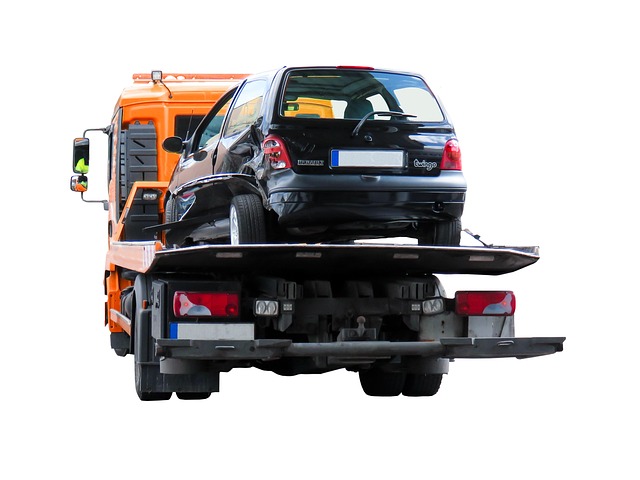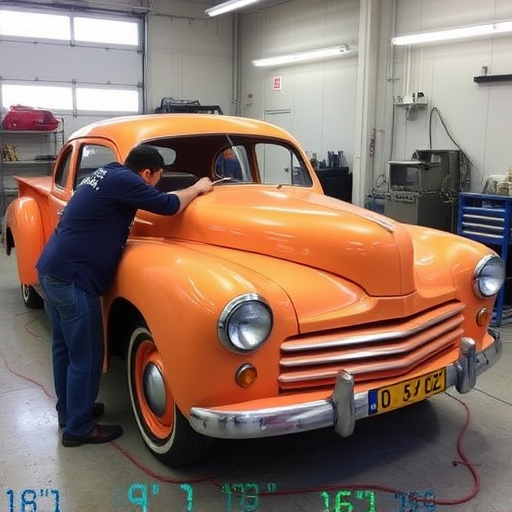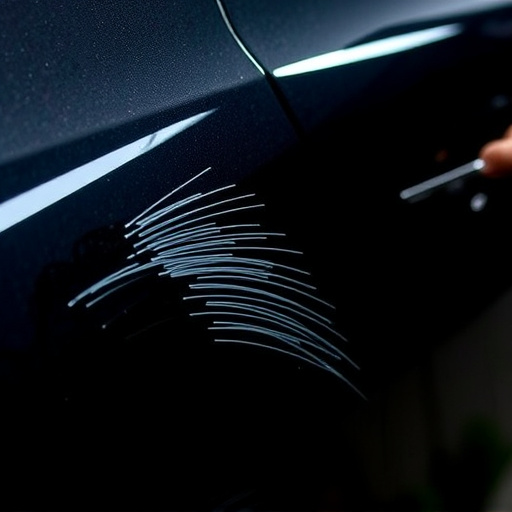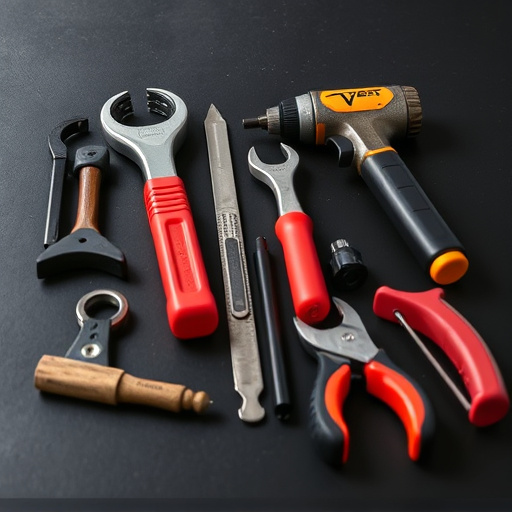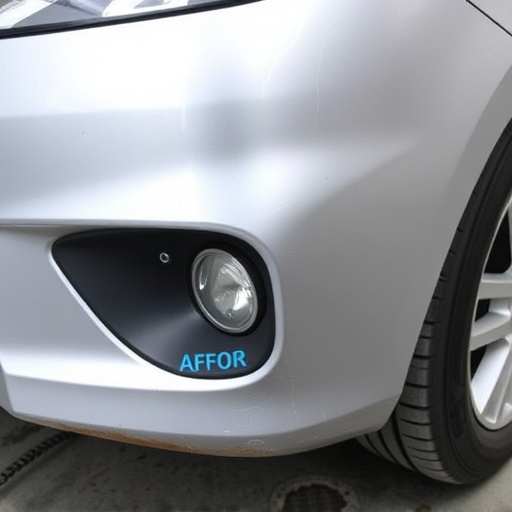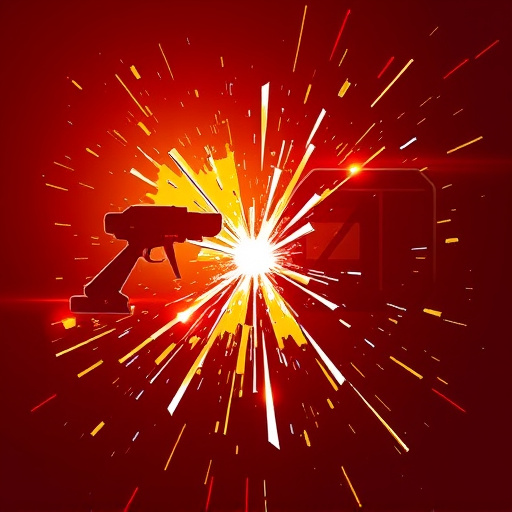Auto body shop warranties often exclude coverage for pre-existing damage, normal wear and tear, and may restrict customers to specific vendors. These limitations can lead to unexpected costs and limited repair choices, emphasizing the need for consumers to carefully review warranty terms to understand their rights and available options.
In the realm of auto body repairs, understanding your warranty is paramount. While many auto body shops offer warranties on their work, common limitations often catch drivers off guard. This article sheds light on three major hurdles in auto body shop warranty policies: limited coverage for pre-existing damage, exclusions for normal wear and tear, and difficulties obtaining repairs outside the network. By addressing these issues, drivers can make informed decisions and protect their investments.
- Limited Coverage for Pre-Existing Damage
- Exclusions for Normal Wear and Tear
- Difficulties in Obtaining Repairs Outside Network
Limited Coverage for Pre-Existing Damage
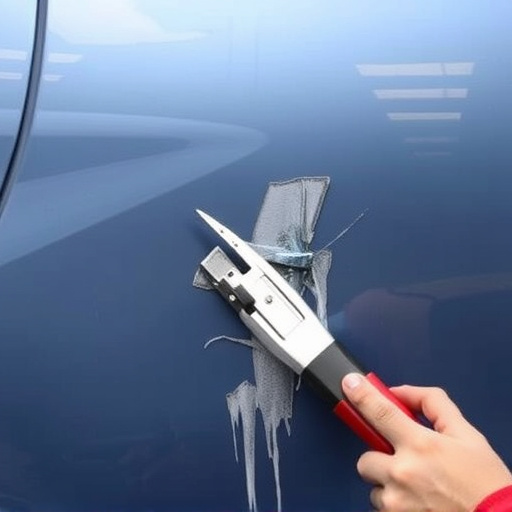
Many auto body shop warranty policies have a significant limitation when it comes to pre-existing damage. What this means is that any repairs or issues that were present in your vehicle prior to the accident or service might not be covered under the warranty. For example, if you require an auto glass replacement due to a crack that was already present, this could fall outside the scope of coverage. Similarly, pre-existing body damage, such as dings or scratches, won’t typically be included in warranty claims for car body restoration services.
This exclusion is often worded carefully to ensure that the body shop isn’t held responsible for issues that weren’t directly caused by their work. While it’s understandable from a legal perspective, it can leave customers disappointed if they’re faced with additional costs for repairs that should have been covered under an auto body shop warranty.
Exclusions for Normal Wear and Tear
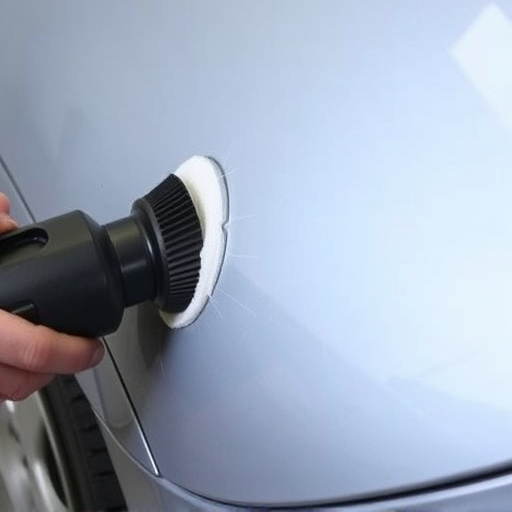
Many auto body shop warranty policies often exclude coverage for normal wear and tear, which can be a significant limitation for customers. This term is broadly defined and typically includes gradual deterioration, aging, or damage from everyday use. For instance, a policy might not cover the replacement of a worn-out door seal or the repainting of a car that has faded over time due to exposure to the elements. These exclusions are usually included because they represent issues that aren’t necessarily related to a specific incident or collision but rather the natural aging process of a vehicle.
Collision repair shops and frame straightening services often fall under these exclusions, leaving customers responsible for costs associated with such repairs. While collision damage repair is a common service provided by many body shops, the warranty might not extend to fix dings, scratches, or minor dents that occur over time. It’s essential for consumers to carefully review their auto body shop warranty policies to understand what constitutes normal wear and tear and what remains covered, ensuring they receive clear expectations regarding post-repair maintenance responsibilities.
Difficulties in Obtaining Repairs Outside Network
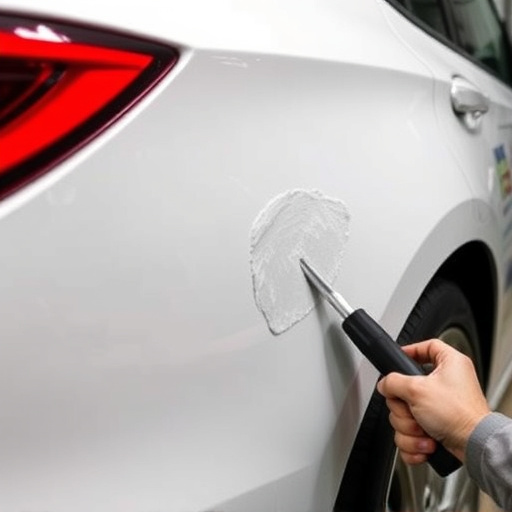
Many auto body shop warranty policies present challenges when it comes to obtaining repairs outside the designated network of approved vendors. Customers often find themselves limited to specific shops or face higher costs for out-of-network services. This restriction can be frustrating, especially for those who prefer independence in choosing their repair facilities. The policy may require them to stick to a single shop within a restricted geographical area, reducing their options and potentially hindering access to specialized auto body services they might need, such as intricate car scratch repairs or even complex auto glass replacement.
These limitations can create a barrier for customers seeking quality and affordable repairs, especially in areas with limited network coverage. It’s essential for consumers to understand the terms and conditions of their auto body shop warranty before agreeing to any policy, ensuring they know their rights and options when it comes to maintaining their vehicle’s condition through repair services.
While auto body shop warranties offer essential protection, common limitations such as restricted coverage for pre-existing damage, exclusions for normal wear and tear, and challenges in accessing repairs outside of the network can pose significant hurdles. Understanding these restrictions is crucial for consumers looking to ensure they receive comprehensive and hassle-free service under their auto body shop warranty.
